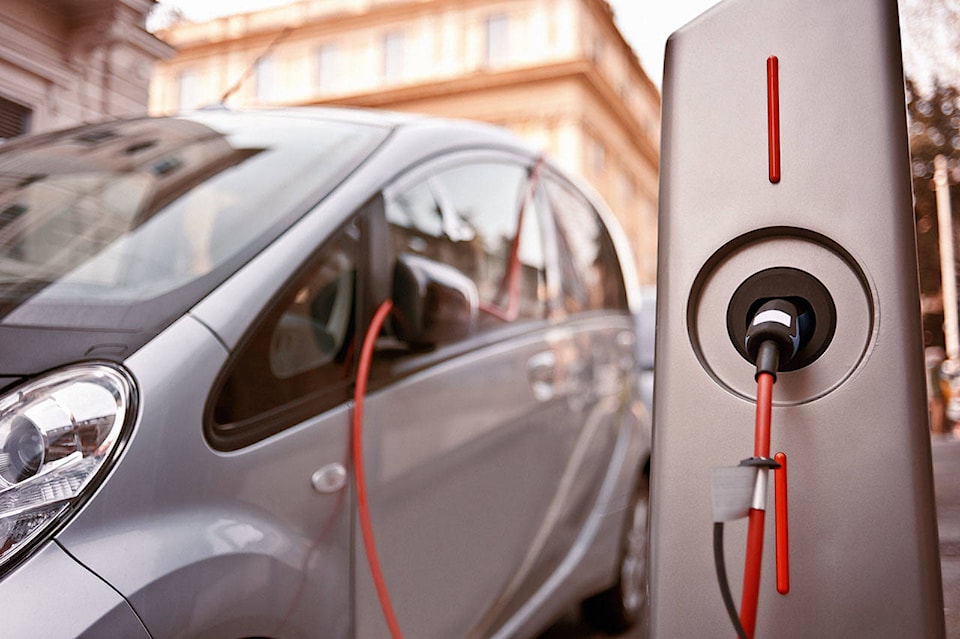It’s not the City of Red Deer’s role to steer the public toward buying low-emissions or electric vehicles, says Coun. Vesna Higham.
She made this comment Monday evening during the unveiling of the updated environmental master plan.
Originally developed in 2011, the “refreshed” plan is designed to provide a road map for the city and Red Deerians for improved environmental performance over 25 years.
Goals and measurable efficiency targets are included on usage of water, air quality, waste, energy, ecology and community design.
Developing an electric and low-emissions vehicle strategy “with corporate and community aspects” is included in the plan update.
Higham and fellow councillor and acting mayor Tanya Handley raised concerns about the city directing private buying patterns.
Higham said the city can encourage more use of the transit system, or urge citizens to consume less water, because the municipality runs the transit and water treatment systems, so it has a stake in being prescriptive.
She didn’t see why the city should try to guide private-sector car purchases — particularly when electric vehicles are pricier and have spottier performance records in colder climates.
Higham also cited concerns about the energy efficiency of electricity, which is often generated through coal-burning plants.
She said her concerns spring from a sense the government should not be involving itself in people’s private decision-making rather than any protectiveness of Alberta’s oil and gas industry.
The city’s environmental initiatives supervisor, Nancy Hackett, responded that the aim of the strategy is not to tell people what to do, but to address what is already happening in the community.
Hackett explained residents are already buying hybrid or electric vehicles that need battery charging stations.
And car manufacturers are already planning to devote entire factories to the creation of electric vehicles. With various governments looking at offering incentive packages for the purchase of these vehicles, “are we going to stay out of it when this is becoming a trend in our community?” she questioned.
Hackett added that more electric vehicles on the road will also affect Red Deer’s electrical grid, so the city has a stake in it.
Another query raised by council is how often the environmental plan has to be updated.
Higham noted spending $150,000 and 21 months of staff time to do a refresher every five years seems excessive.
She added the new plan, which received general praise from council, is thorough and easy to understand with direct, achievable goals. The matter of how often to update it can be discussed further.
The updated environmental master plan was unanimously approved as a planning document. It will be posted to the city’s website.
